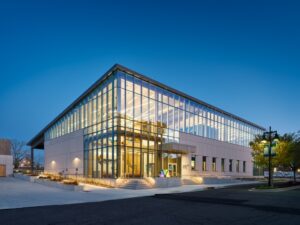Industrial’s New Groove: Gradual Growth and Tariff Talks

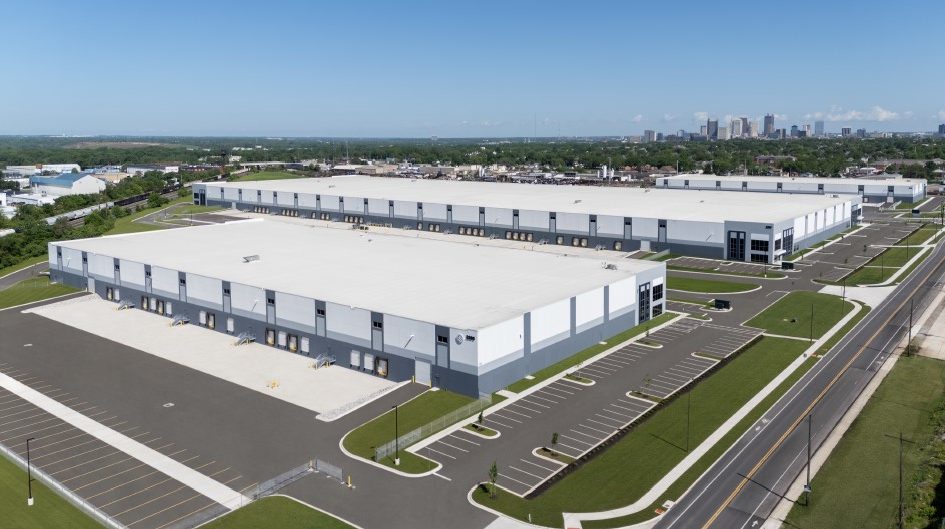
The commercial real estate market has seen some unprecedented shifts, but industrial has kept one of its core prerogatives: The unabated evolution toward the Holy Grail of immediate delivery. As such, many of the twists and turns of industrial demand these days tend to be about gradual pivots rather than huge disruptors. The devil’s often in the details, and industrial has always had its fair share of intricate details.
Of course, all of this is just the preface to the pressing questions: Where’s industrial demand heading and what will shape it this year and beyond? Which strategies and types of facilities stand to gain momentum next? Are there any emerging industrial markets? Where is demand treading water or dwindling, and where is it surging?
In its 2025 sector outlook, Park Madison Partners noted that industrial is entering a normalization of fundamentals following its “post-pandemic sugar high.”
READ ALSO: Top 10 Markets for Industrial Deliveries
Vacancies are double their 3 percent 2022 levels. Leasing volumes have reverted to 2018 levels. With landlords wielding reduced pricing power, rent growth has dropped to the single digits. This suggests investors face a challenging near term. But they’re likely to see appealing long-term entry points in the next two years, the authors predicted.
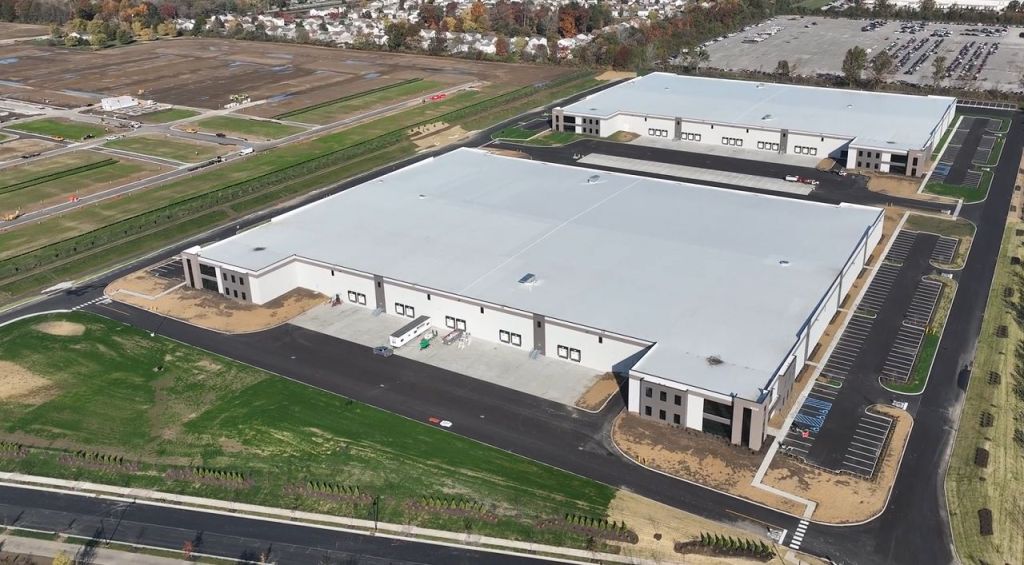
What, where and other w’s
Industrial demand continues to be most acutely felt in core markets such as Dallas-Fort Worth, Phoenix, Atlanta and Nashville, said Andrew Wiesemann, vice president of Matthews Real Estate Investment Services. All these cities are seeing strong demand based on robust user need and substantial population growth.
On top of that, areas near ports, such as Laredo, Texas; Houston; Miami; New Jersey; Seattle; Portland, Ore., and the Inland Empire are witnessing demand based on strategic locations for transportation and logistics.
READ ALSO: Port Activity Rebounds
“These areas are gaining national attention from a variety of investors, including private clients, family offices and institutional investment firms,” said Wiesemann.
Traditional industrial hotbeds, the likes of the Inland Empire and New Jersey, did particularly well late in 2024, said Craig Meyer, president of JLL Industrial Americas Brokerage. They profited from companies across the country stockpiling foreign-made parts and materials prior to tariffs taking effect and needing immediate access to warehouses to store these items.

The Chicago area proved stronger last year, added Meyer. The metro fared well due to strong interest in midsized buildings, of which the Windy City area has many, he said. Other factors included an increase in manufacturing activity and the appeal of population center proximity.
In Southern California, leased investments are trading at a 10 to 20 percent discount to owner-user sites, according to Chris Nelson, Matthews’ first vice president & senior director. With construction costs high, supply has been static or decreasing for small, multi-tenant and sub-25,000-square-foot industrial product, he noted.
Less can be more
Investors are going big for smaller assets. For instance, in Brooklyn, N.Y., warehouses under $10 million are seeing the greatest activity, with twice the bid volume vis-à-vis larger deals, said Bobby Lawrence, associate vice president with Matthews.
“Bid activity will increase even further if the warehouse has clear height above the market average of 13 to 15 feet, truck access and proximity to major thoroughfares,” he added.
The greatest demand on the leasing front is in the sub-5,000-square-foot sector, noted Nelson. On the purchase front, it’s in the owner-user segment on sub-15,000-square-foot assets.
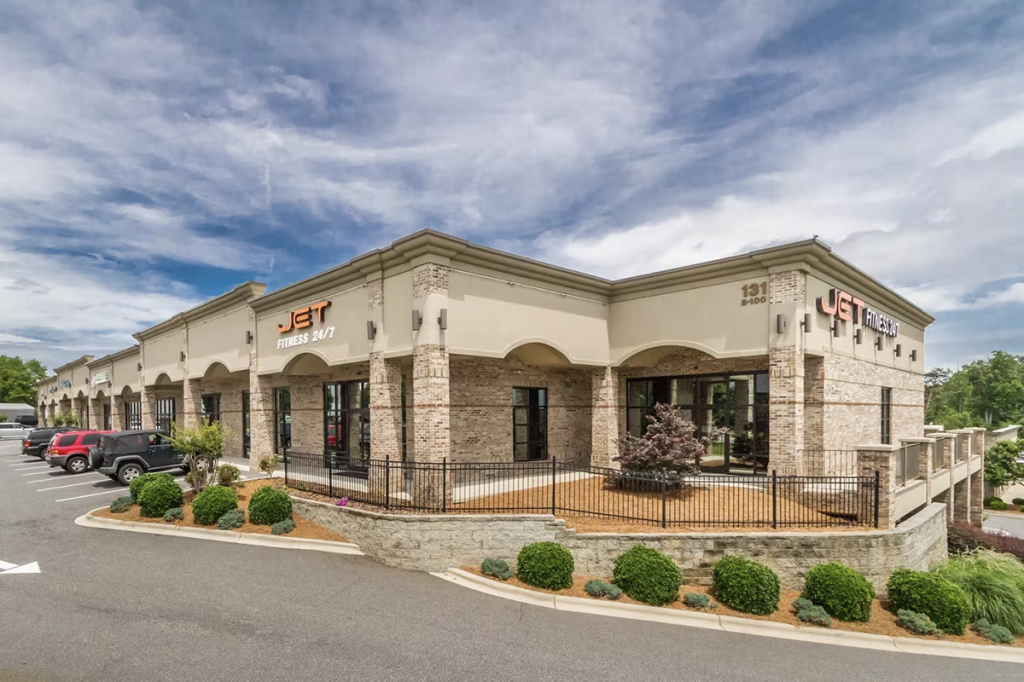
“Even with pricing growth over the past five years, the gross purchase price of these assets is still attainable for most businesses. With the higher leverage financing options available to users, these assets, when priced appropriately, still move fairly quickly.”
Shallower-bay infill sites are garnering greater interest than bulkier spaces, owing to their milder effect on balance sheets and the market’s preference for them in times of rapidly evolving changes in goods and services demand, he observed.
READ ALSO: Manufacturing Demand for Industrial Space Is Mushrooming
Small-bay industrial properties provide investors a distinctive value proposition, said Frank Forte, CIO & managing partner at Lucern Capital Partners. They deliver a diversified tenant mix, cater to a broad array of businesses and are more resilient to market fluctuations. They’re also able to offer inflation protection, owing to shorter lease structures and larger tenant demand that allow more frequent rental rate adjustment.
“The limited supply of small bay assets is another factor driving their investment appeal,” Forte added, noting zoning restrictions, land scarcity and construction costs have all contributed. “The supply constraint has led to a highly competitive market, increasing the value of existing small bay properties.”
This preference for smaller infill sites notwithstanding, Bryan Blasingame, CEO of Stonemont Financial Group, reported his company has inked a trio of 300,000-square-foot leases within the past few months. He also noted an upturn in interest in such spaces during the early weeks of 2025.
Up to 18 percent of what we did last year was manufacturing related, mainly by U.S. companies that want to bring their own production closer to their customers.
—Craig Meyer, President, JLL Americas Industrial Brokerage
Shifts in demand
Industrial demand is changing in several ways. One major driver is the expectation of immediate goods and service deliveries, requiring supply-chain optimization to ensure deliveries within limited time frames, Blasingame said.
“Today, (e-commerce) is close to 20 percent of all retail sales, and by end of the decade it will be above 30,” added Meyer. There’s interest in putting last-mile or last-touch facilities closer to the population and putting them closer to other population centers around the country. … Up to 18 percent of what we did last year was manufacturing related, mainly by U.S. companies that want to bring their own production closer to their customers.”
Another shift sees both investors and users eyeing higher-quality assets, Wiesemann said. As users increasingly demand more automated, energy-efficient buildings, investors have adapted and are striving respond to tenant needs more quickly. They’re also better funded than earlier owners, enabling them to finance necessary upgrades. Plus, municipalities are enforcing industrial site improvements, buttressing demand for well-equipped properties.
READ ALSO: How Is Class B Industrial Adapting to Modern Demand?
Park Madison Partners has observed the same flight to quality, noting in its outlook that, per CBRE, pre-2000 buildings recorded more than 100 million square feet of negative absorption in 2024. With tenants now enjoying greater relocation opportunities, and the pace of technological change quickening, Park Madison sees the trend continuing.
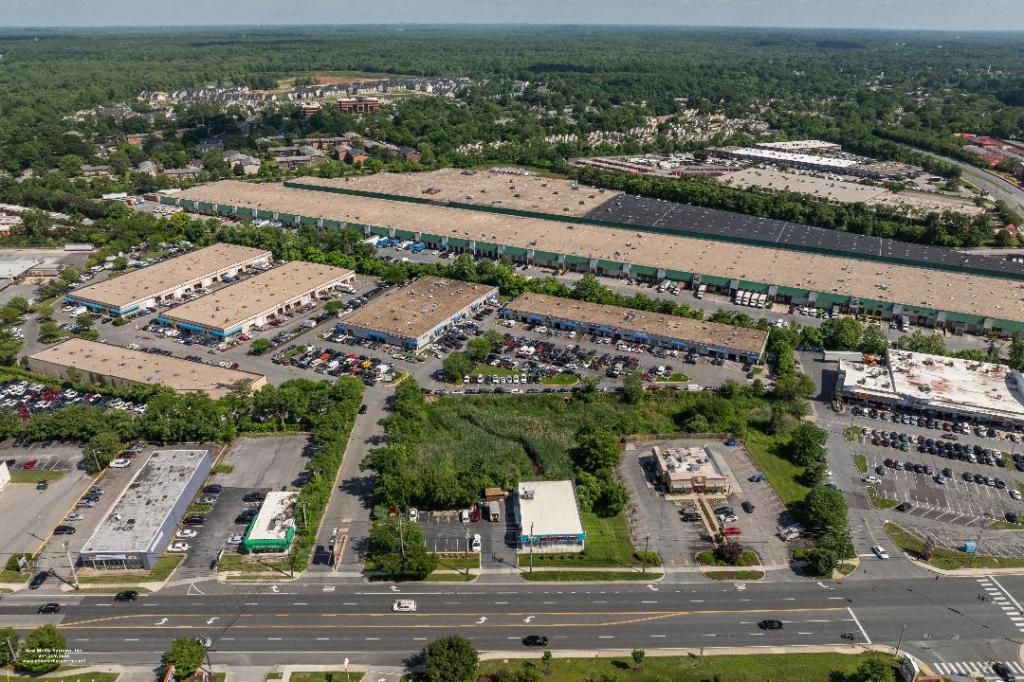
Obstacles and opportunities
Among the challenges confronting the industrial sector, higher interest rates and steep construction costs are two of the more daunting, said Steve Connolly, executive vice president & partner at NAI Hiffman. Considering 10-year Treasuries are hovering around 4.5 percent, the yield on costs capital investors require on new development projects must be more than 7 percent.
“This requires solving for higher rents while keeping land pricing and construction costs in line, (and) the latter… could be especially challenging with tariffs forthcoming,” commented Connolly.
Given the overall strength and size of Southern California’s economy, we see a safe bet in sustained high occupancy and year-over-year rent growth.
—Chris Nelson, First Vice President & Senior Director, Matthews Real Estate Investment Services
For his part, Lawrence agreed interest rates are headwinds, but noted that higher rates also created opportunity for some investors. Larger transactions are currently selling at a discount versus smaller assets, he said, adding, “That opens the door for buyers who aren’t as reliant on debt to acquire properties at a more favorable basis.”
Tariffs represent both headwinds and opportunities, according to Robert Smietana, president & CEO of HSA Commercial Real Estate. On one hand, tariffs will increase development costs with resultant increases in rents. But they could also boost industrial demand by spurring larger companies to reshore manufacturing.
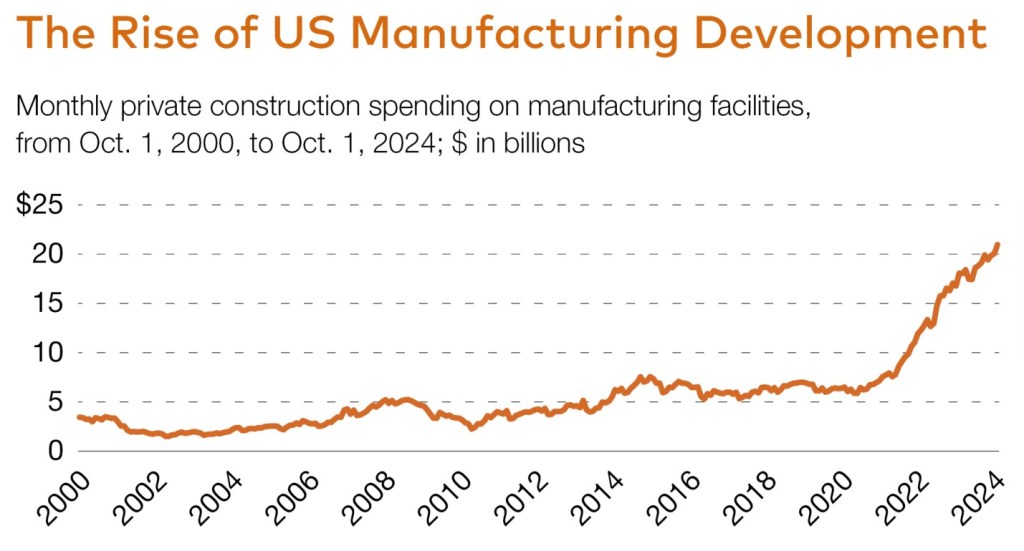
“They’re starting to ask for some proposals on existing buildings and build-to-suit options to establish manufacturing operations domestically,” he said.
Looking ahead three to five years, observers tend to be cautiously optimistic about the future of industrial. The greatest demand driver of industrial space is consumer demand, reiterated Blasingame.
“Economic and political uncertainty can have a big impact on the consumer, which has a downstream impact on demand for industrial space,” he pointed out. “Similarly, economic and political uncertainty is leading companies to evaluate where they manufacture goods, resulting in more emphasis on reshoring. This is having a positive impact on industrial space demand as companies seek to adapt their supply chains to this changing environment.”
Read the April 2025 issue of CPE.
The post Industrial’s New Groove: Gradual Growth and Tariff Talks appeared first on Commercial Property Executive.

